Forgotten restaurant chains of the past
In the vast world of dining, many restaurant chains once thrived and captured our taste buds with unique offerings. Yet, over time, these beloved establishments faded into the background, becoming cherished memories.
This article takes you on a journey through the fascinating stories behind some of America’s forgotten restaurant chains. From iconic ice cream parlors to quirky breakfast spots, let’s revisit the places that once defined dining out for many families across the country.
The Rise and Fall of Howard Johnson’s

Howard Johnson’s was once the largest restaurant chain in the U.S., famed for its 28 ice cream flavors. Established in 1925 by Howard Johnson himself, the brand expanded rapidly, boasting over 1,000 outlets by the 1970s.
The iconic orange-roofed restaurants were synonymous with road trips. However, as competition increased and consumer tastes shifted, Howard Johnson’s struggled to keep up, leading to its decline.
Steak and Ale: A Slice of the Past
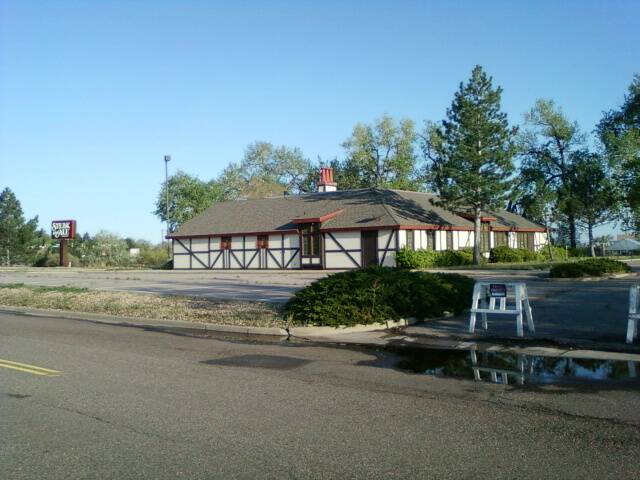
Steak and Ale introduced the concept of casual dining with a touch of sophistication, offering patrons a chance to enjoy steak dinners without breaking the bank. Founded in 1966 by Norman Brinker, the chain became popular for its dimly lit interiors and cozy atmosphere.
Unfortunately, increased competition and changing dining preferences led to its bankruptcy in 2008. However, the first new location since this fate opened in Burnsville, Minnesota, in 2024.
The Outdated Appeal of Sambo’s
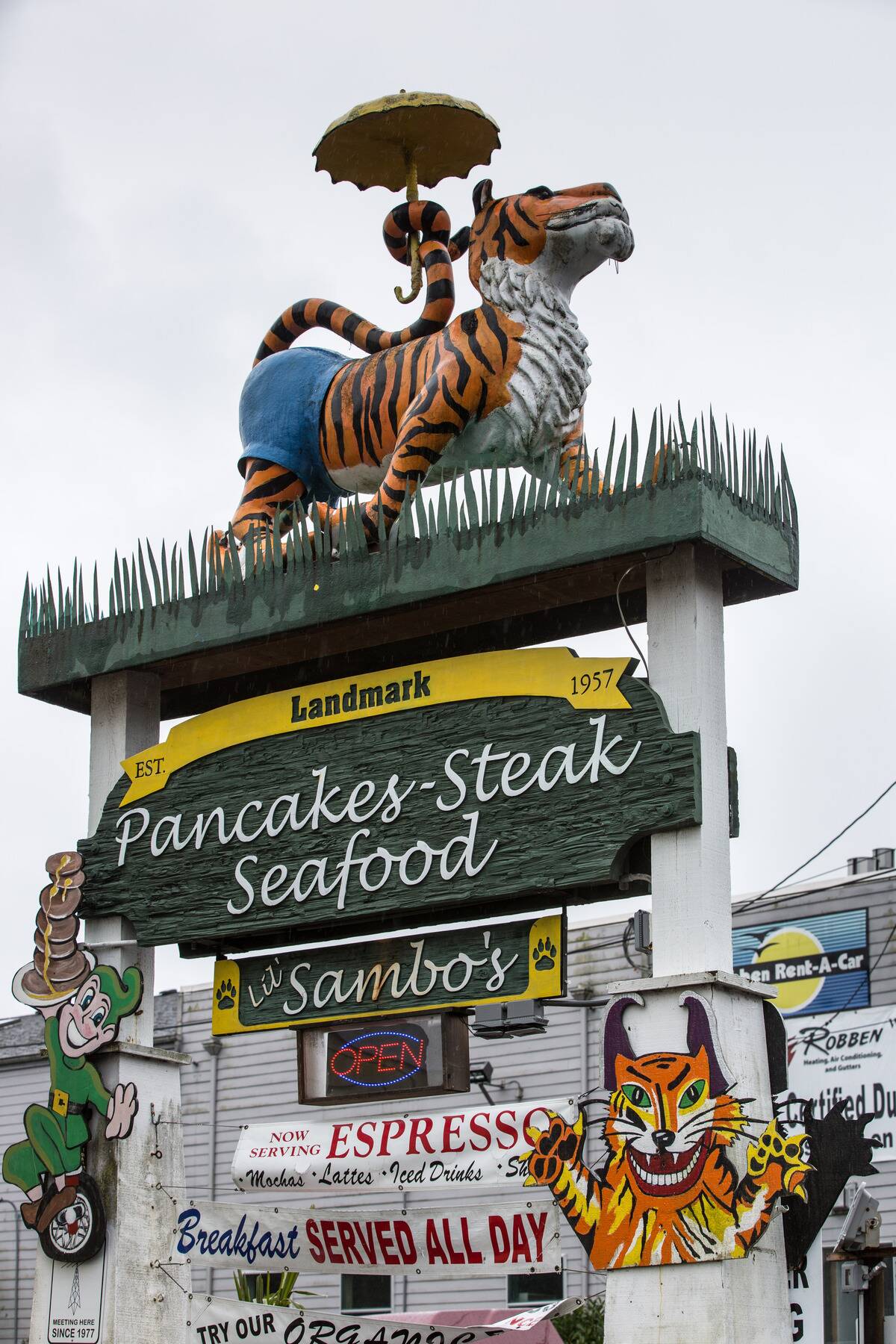
Sambo’s was a chain that started in 1957 in Santa Barbara, California, and became famous for its pancakes and tiger-themed decor. At its peak, Sambo’s had over 1,100 locations nationwide.
The name and theme, however, were controversial, leading to public backlash and a decline in customer support. By the 1980s, most locations had closed or rebranded. Despite its troubled history, the original Sambo’s in Santa Barbara remains operational under the name Chad’s, after the current owner, Chad Stevens.
The Colorful History of Chi-Chi’s
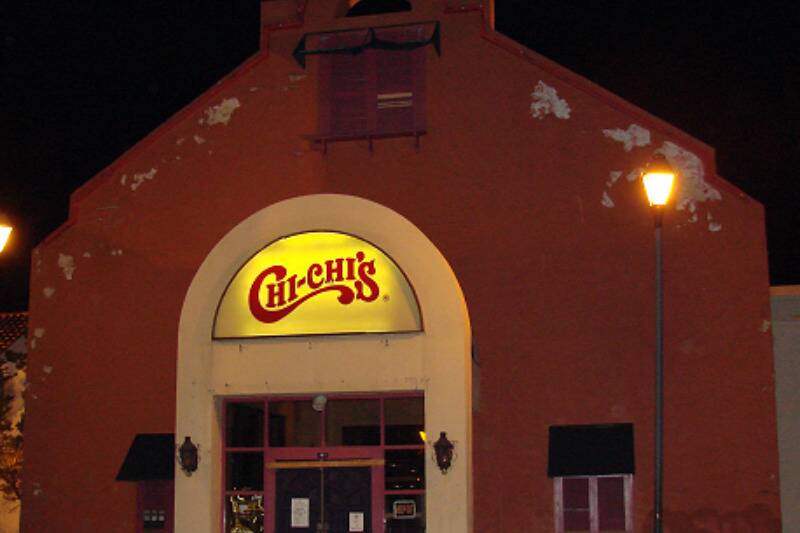
Chi-Chi’s brought Mexican-American cuisine to the masses with its vibrant atmosphere and popular dishes like chimichangas and margaritas.
Founded in 1975, the chain quickly expanded across the U.S. Sadly, a Hepatitis A outbreak traced back to its Pennsylvania location in 2003 tarnished its reputation while bankruptcy proceedings were already underway. The brand lives on in Europe as a line of Mexican food products and a new location under the revived brand name opened in St, Louis Park, Minnesota, on October 6, 2025.
Red Barn: The Barnyard Favorite
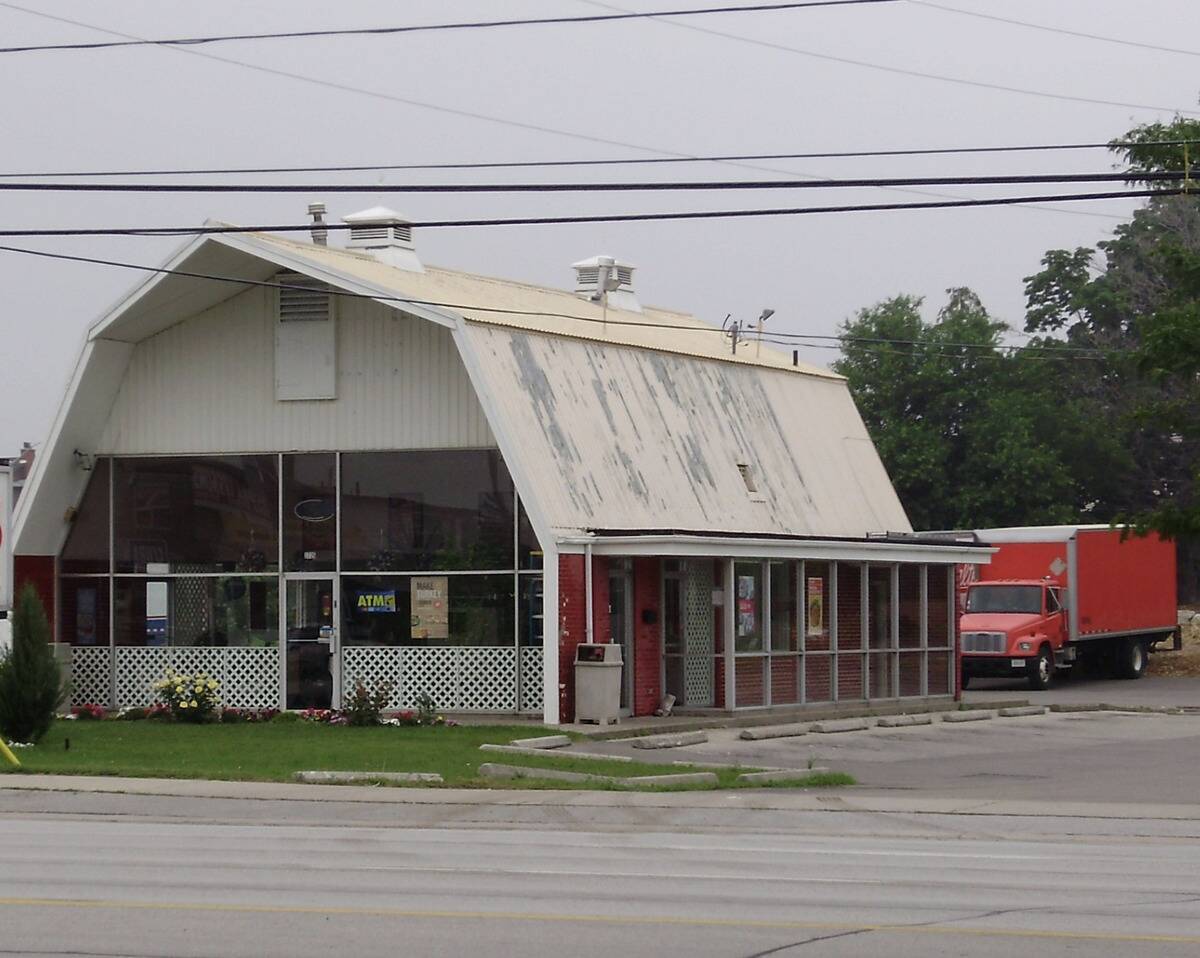
Red Barn stood out with its barn-shaped buildings and farm-themed menu, offering burgers, chicken, and fish. Founded in 1961, the chain expanded to over 400 locations at its peak.
Innovative for its time, Red Barn introduced the “Big Barney” and “Barnbuster,” precursors to modern-day fast-food burgers like the Big Mac and Quarter-Pounder. Despite its popularity, the franchise’s decline began in the late 1970s due to franchising disputes. Today, Red Barn is fondly remembered by those who dined there.
The Colonial Appeal of Arthur Treacher’s Fish & Chips

Arthur Treacher’s Fish & Chips brought the British classic to America with its crispy fried fish and thick-cut chips. Founded in 1969, the chain found initial success, with over 800 locations by the late 1970s.
Named after the British actor Arthur Treacher, the restaurants featured a colonial design that appealed to patrons. Over time, however, competition and changing consumer tastes led to its decline. A handful of locations still operate, honoring its original concept.
Lum’s: Hot Dogs and Beer, Oh My!

Lum’s was a chain that combined two American favorites: hot dogs and beer. Founded in 1956, Lum’s became famous for its hot dogs steamed in beer, drawing crowds eager to try this culinary novelty.
At its peak, the chain boasted over 400 locations nationwide. Despite its popularity, Lum’s struggled in the competitive fast-food market, leading to its eventual closure in the 1980s. The concept, however, left a lasting impression on its loyal patrons.
The Pizza Haven: Shakey’s Pizza Parlor
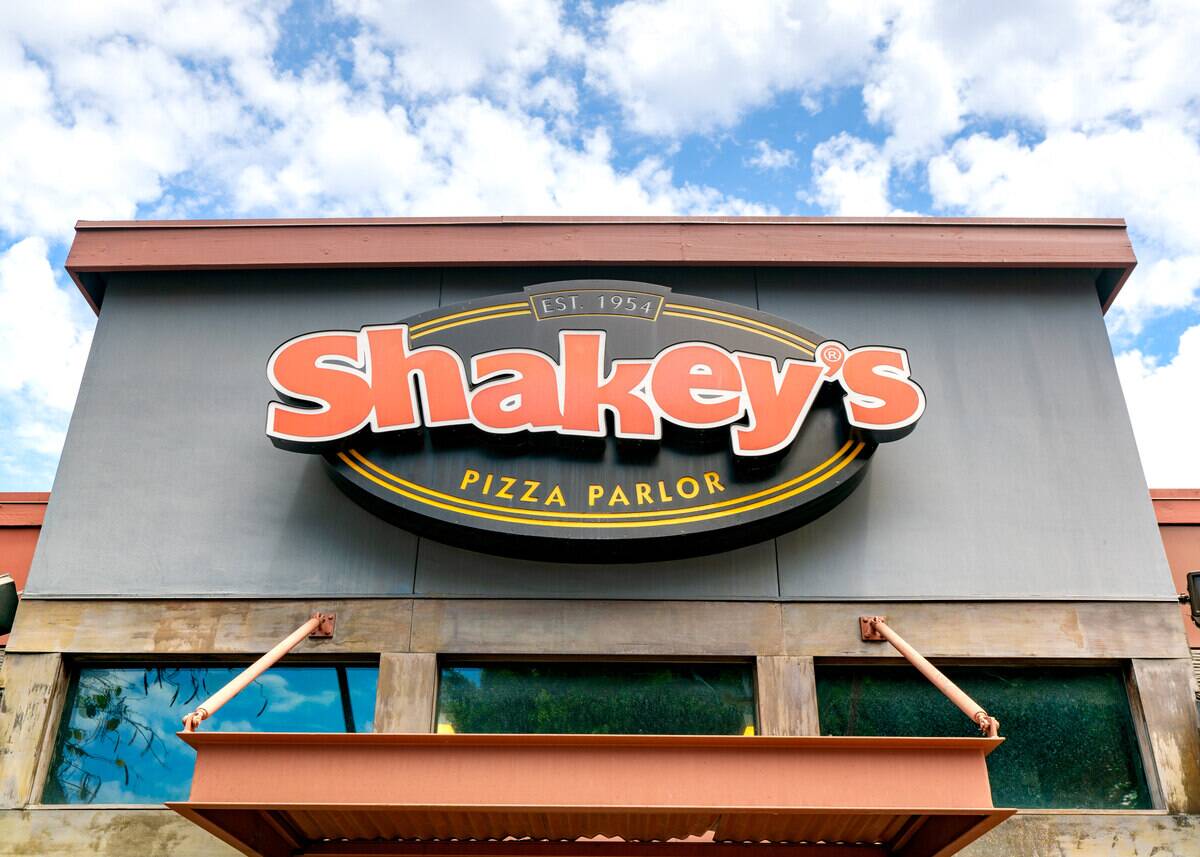
Shakey’s Pizza Parlor, founded in 1954, was one of the first pizza chains in the U.S. Known for its lively atmosphere with player pianos and banjo music, Shakey’s offered a family-friendly dining experience.
It popularized the concept of pizza as a social food in America. While Shakey’s presence in the U.S. has waned, with only a few locations remaining, it continues to thrive in markets like the Philippines, where it remains a household name.
The Magic of Bennigan’s Irish Pub
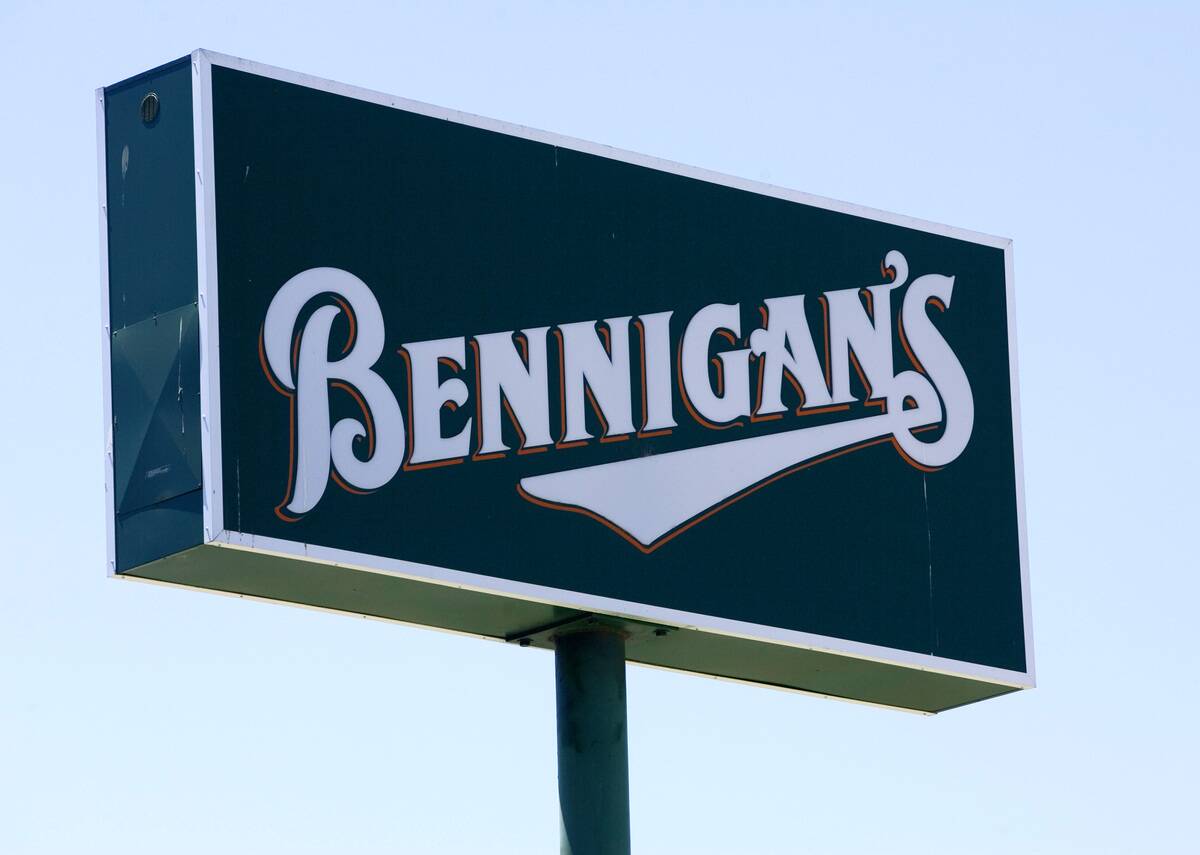
Bennigan’s introduced the charm of an Irish pub to American diners, offering a menu filled with hearty fare like Monte Cristo sandwiches and potato skins. Founded in 1976, it quickly became a popular spot for both family dinners and late-night gatherings.
Financial woes and stiff competition led to its decline, resulting in a major downsizing in 2008. Some locations have since reopened under new management, attempting to recapture the original Bennigan’s magic.
Bob’s Big Boy: The Original Double Decker
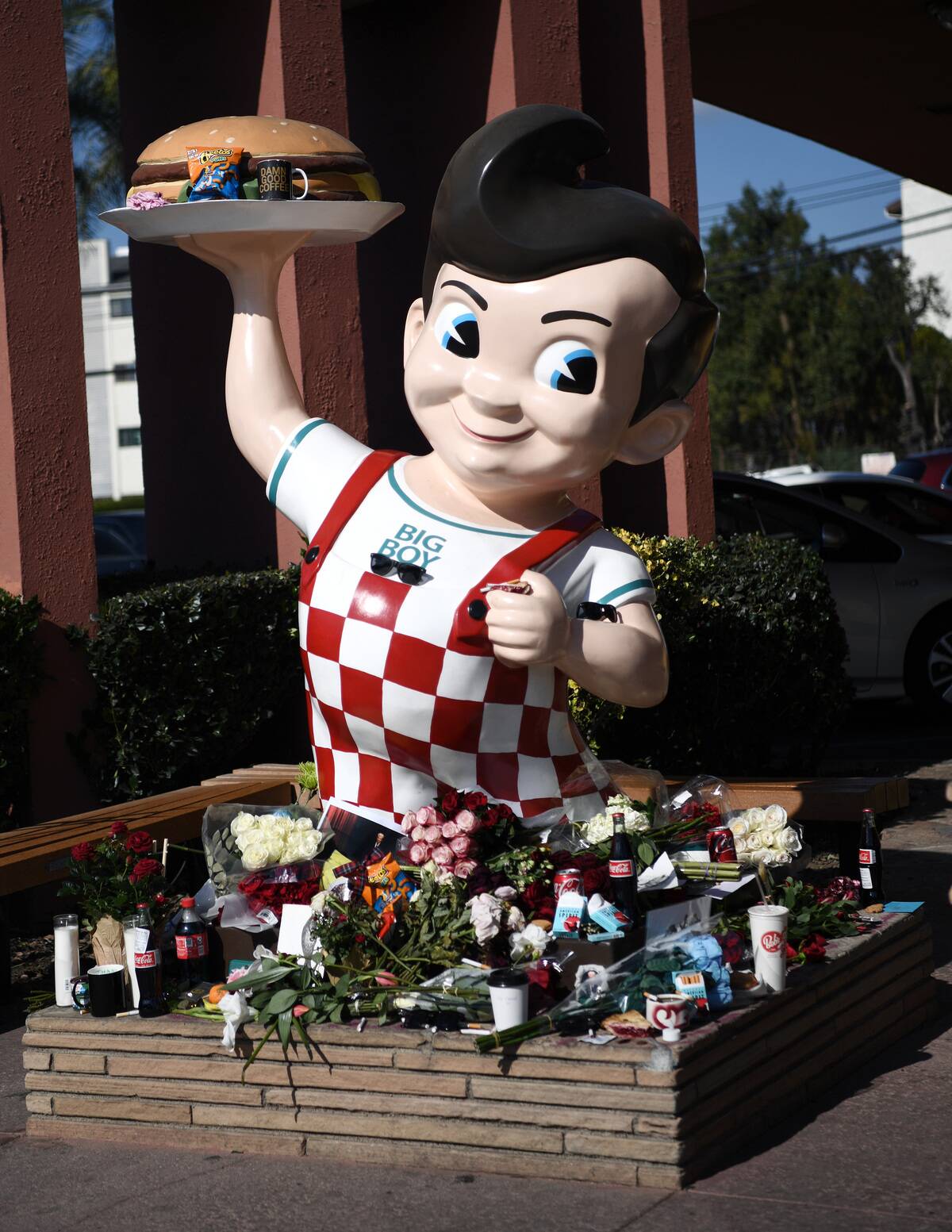
Bob’s Big Boy is celebrated for its iconic double-decker burger and the chubby, overall-clad mascot holding the burger aloft. Founded in 1936, the chain became a staple of American dining, especially in California.
The Big Boy burger inspired many fast-food imitators and remains a favorite among fans. While the number of locations has dwindled, a few iconic ones remain, drawing visitors eager to experience a slice of Americana and pose with the famous statue.
The Iconic Wag’s Breakfast
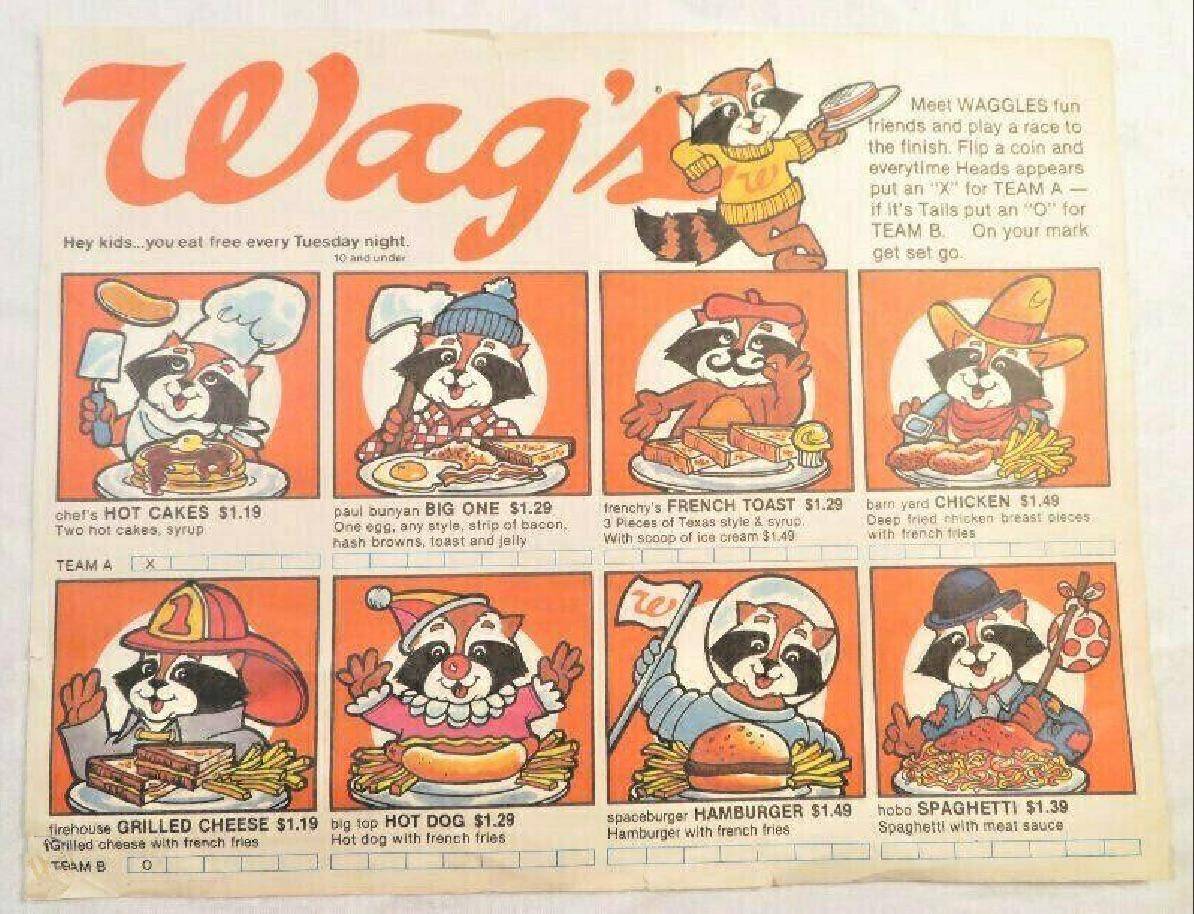
Wag’s was once the go-to spot for breakfast lovers, offering 24-hour service and a menu filled with hearty morning meals. Owned by Walgreens, the chain started in the 1970s and reached about 91 locations.
Known for its affordable prices and generous portions, Wag’s became a roadside diner staple. However, Walgreens eventually decided to focus on its core pharmacy business, closing all Wag’s locations by the late 1980s. Still, its breakfast legacy remains fondly remembered.
Kenny Rogers Roasters: More Than Just Chicken
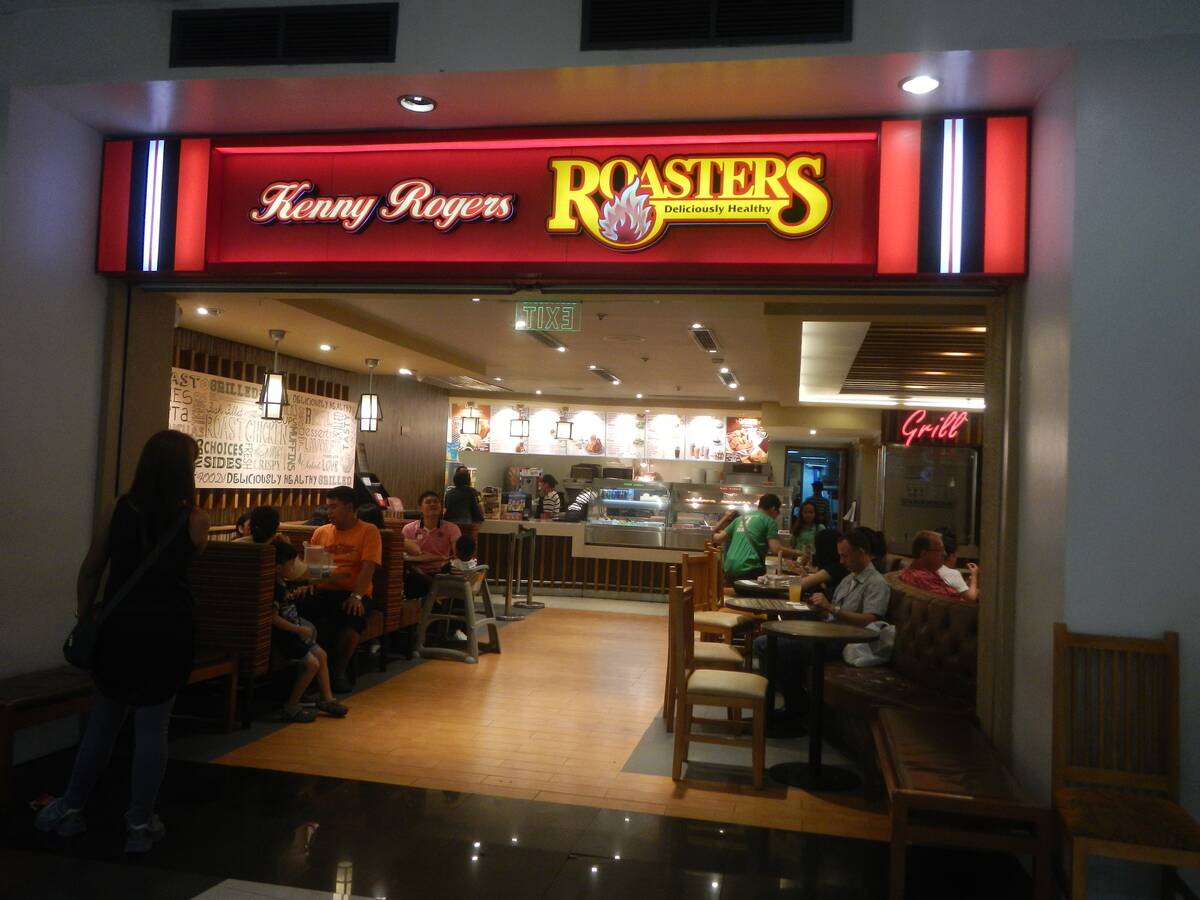
Kenny Rogers Roasters, founded by country music star Kenny Rogers and John Y. Brown Jr. in 1991, brought rotisserie chicken to the forefront of casual dining. The chain was known for its high-quality chicken meals and warm, rustic atmosphere.
Despite its initial success, financial struggles led to its decline in the U.S. However, the brand found a second life in Asia, particularly in Malaysia and the Philippines, where it continues to thrive and delight fans.
All-American Nostalgia with Burger Chef
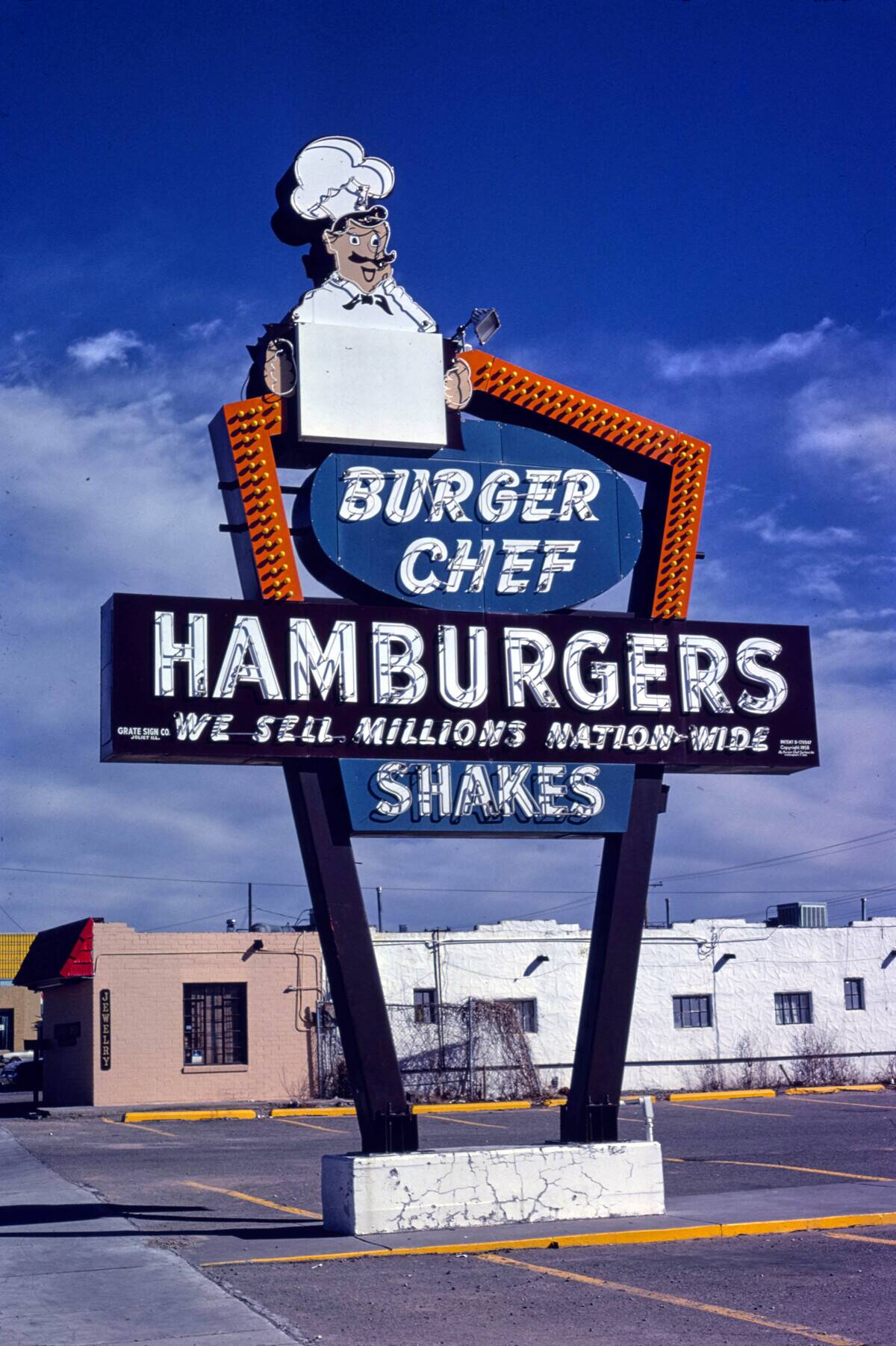
Burger Chef was once a formidable competitor in the fast-food industry, second only to McDonald’s in the 1970s. Known for its innovative “Funmeal” for kids, which predated the Happy Meal, Burger Chef captured the hearts of families across America.
The chain’s decline began in the 1980s due to ownership changes and increased competition. By 1996, Burger Chef was no more, but its legacy lives on, particularly among those who recall its pioneering approach to fast food.
The Sweet Legacy of Farrell’s Ice Cream Parlour

Farrell’s Ice Cream Parlour was synonymous with over-the-top ice cream creations and a festive atmosphere. Founded in 1963, Farrell’s became the place to celebrate birthdays and special occasions, with locations known for their Victorian-themed decor and enthusiastic staff.
At its peak, Farrell’s had over 120 locations, delighting customers with their famous “Zoo” sundae. Although most locations have closed, a few still operate, keeping the tradition of indulgent ice cream fun alive for new generations.




